This post may contain affiliate links which means I will get a commission if you make a purchase at no additional cost to you. As an Amazon Associate I earn from qualifying purchases. Please read my disclosure for details.
In recent years, Japanese grocery stores have quietly become more than just food destinations. Across America, they have evolved into cultural sanctuaries, spaces where aesthetics meet precision, and where ingredients whisper of tradition rather than shout for attention.
Shoppers in several states now treat these markets not as novelties, but as necessities.
California: Home to the First, Still Leading the Way

WANT TO SAVE THIS RECIPE?
California was among the first to welcome Japanese markets decades ago, and its embrace has only deepened. Cities like Los Angeles and San Francisco now host sprawling grocery experiences that blend cuisine, culture, and craft. From Hokkaido milk to Kyoto green teas, Californians shop not just for flavor, but for fidelity to origin.
New York: Curated Cool Meets Culinary Precision

In Manhattan and beyond, Japanese grocery stores are curated like art galleries. Clean design, small-batch ingredients, and imported specialties attract chefs and home cooks alike. New Yorkers value the discipline behind every product, miso fermented over years, or hand rolled soba noodles, and treat these finds as edible heirlooms.
Washington: A Love Letter to Simplicity
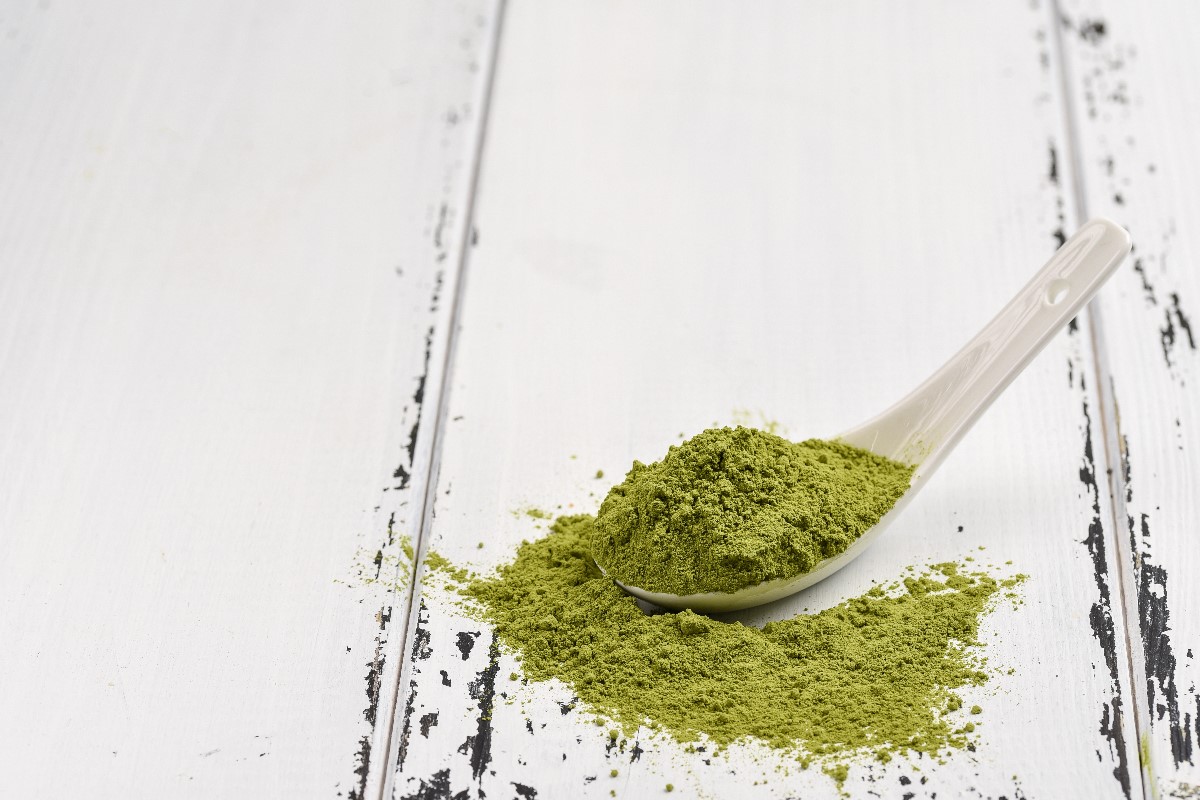
Seattle shoppers have long admired the clean eating philosophies behind Japanese cuisine. Grocery stores in this state highlight organic, fermented, and seasonal goods. From daikon pickles to matcha powders ground on site, the selection aligns with Washington’s ethos of mindful consumption.
Oregon: Where Japanese Food Aligns with Local Values
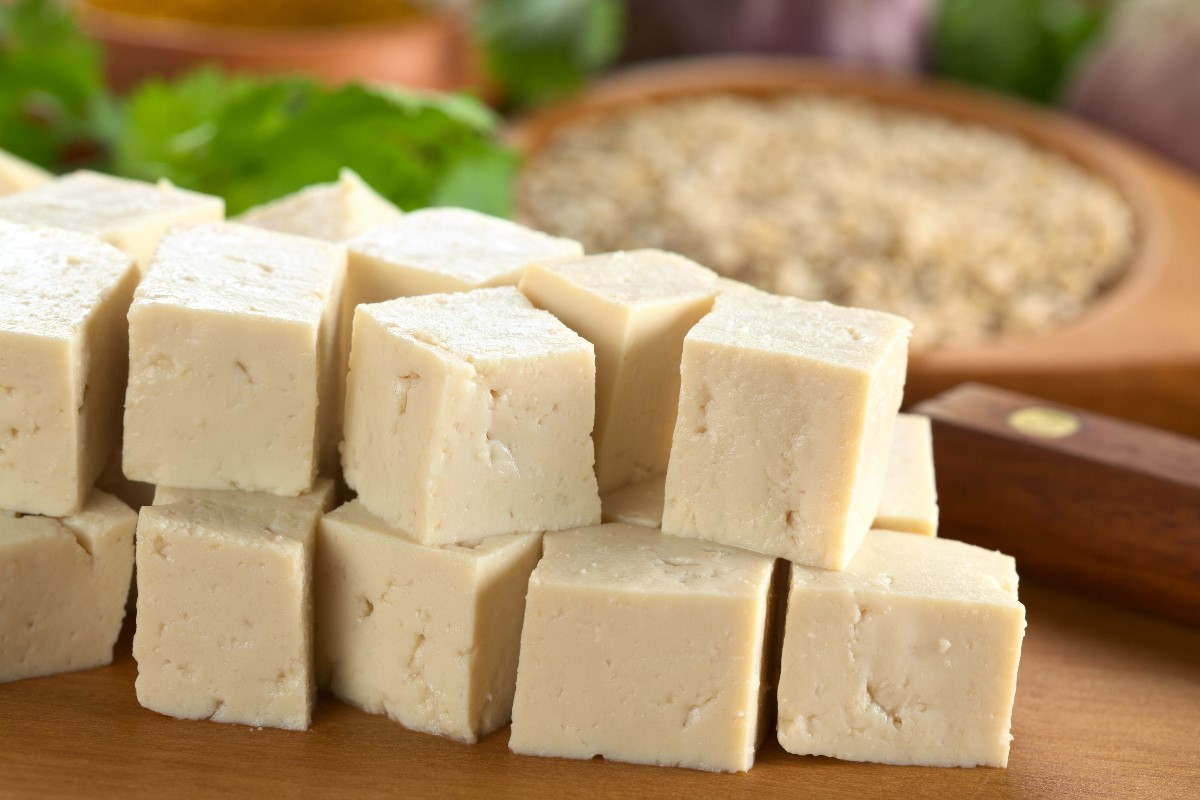
Oregon’s appreciation for sustainable agriculture and quiet rituals finds an ideal match in Japanese markets. Shoppers here are drawn to house made tofu, small batch soy sauces, and seaweed snacks sourced with traceable purity. It is not about trend, but alignment with a shared respect for the land and its offerings.
Illinois: Chicagoland’s Growing Japanese Pantry
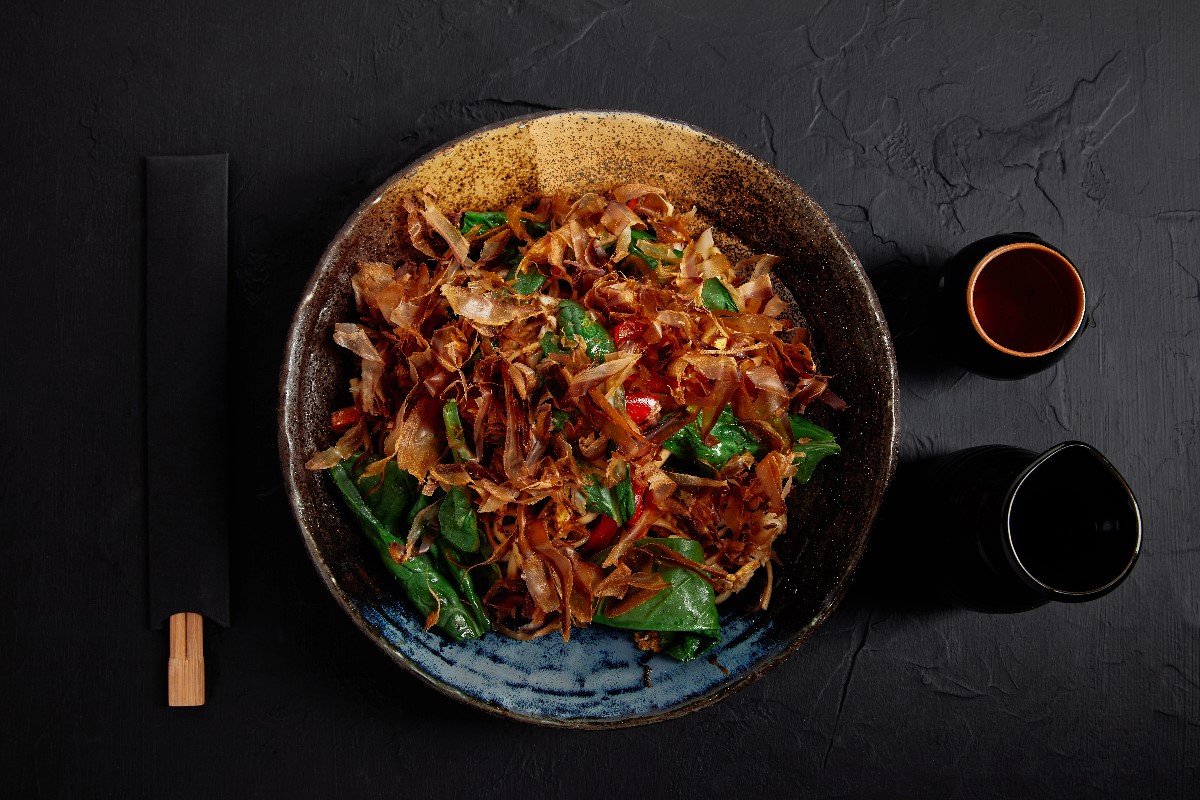
Chicago’s Japanese grocery scene is flourishing. Locals seek out rare pantry items, yuzu kosho, katsuobushi, and delicate curry cubes, not for novelty, but for weeknight meals made meaningful. These stores are transforming everyday cooking into a quiet act of global connection.
Texas: Big State, Bold Curiosity

In Houston, Austin, and Dallas, Japanese groceries are expanding rapidly. Families are incorporating Japanese rice, noodle broths, and sweet buns into their daily routines. The Texas appetite for bold flavor finds harmony in umami rich staples, where depth and subtlety coexist.
Related Post: 25 Lake Snacks for Boat Days That Beat Boring Sandwiches
Florida: Coastal Palates, Pacific Preferences

Florida’s tropical climate and seafood culture make Japanese ingredients feel right at home. Shoppers are embracing sushi kits, ponzu dressings, and frozen udon noodles, creating meals that feel light, fresh, and deeply satisfying. These stores also offer respite from the ordinary, a calm inside the storm of chain groceries.
Related Post: 25 Fresh Apple Recipes That Go Way Beyond Pie
Massachusetts: Education Meets Exploration

In Boston and Cambridge, Japanese grocery stores are not just retail spaces but learning environments. Customers explore bento box culture, sake pairings, and traditional confections like mochi with a scholar’s interest. There is reverence here for process, history, and taste.
Related Post: 15 Sweet Charcuterie Board Ideas That Are as Easy as They Are Impressive
Colorado: Elevating Home Cooking through Discipline
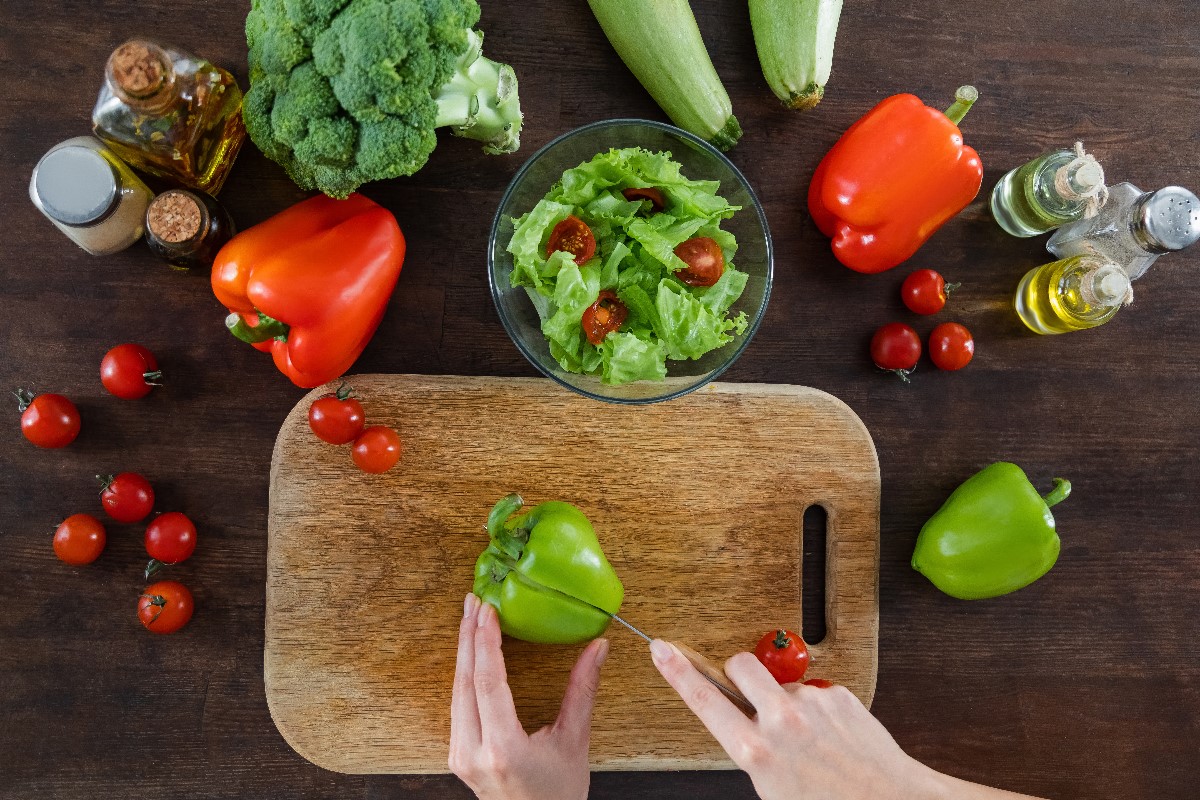
In Denver and Boulder, Japanese grocery stores have helped elevate home cooking from routine to ritual. The methodical presentation of ingredients inspires thoughtful preparation. Cooking becomes not just a task, but a moment to slow down and savor technique, form, and flavor.
Related Post: 25 Cookout Food Recipes That Disappear in Minutes (Trust Us)
Georgia: Southern Kitchens with an Eastern Rhythm
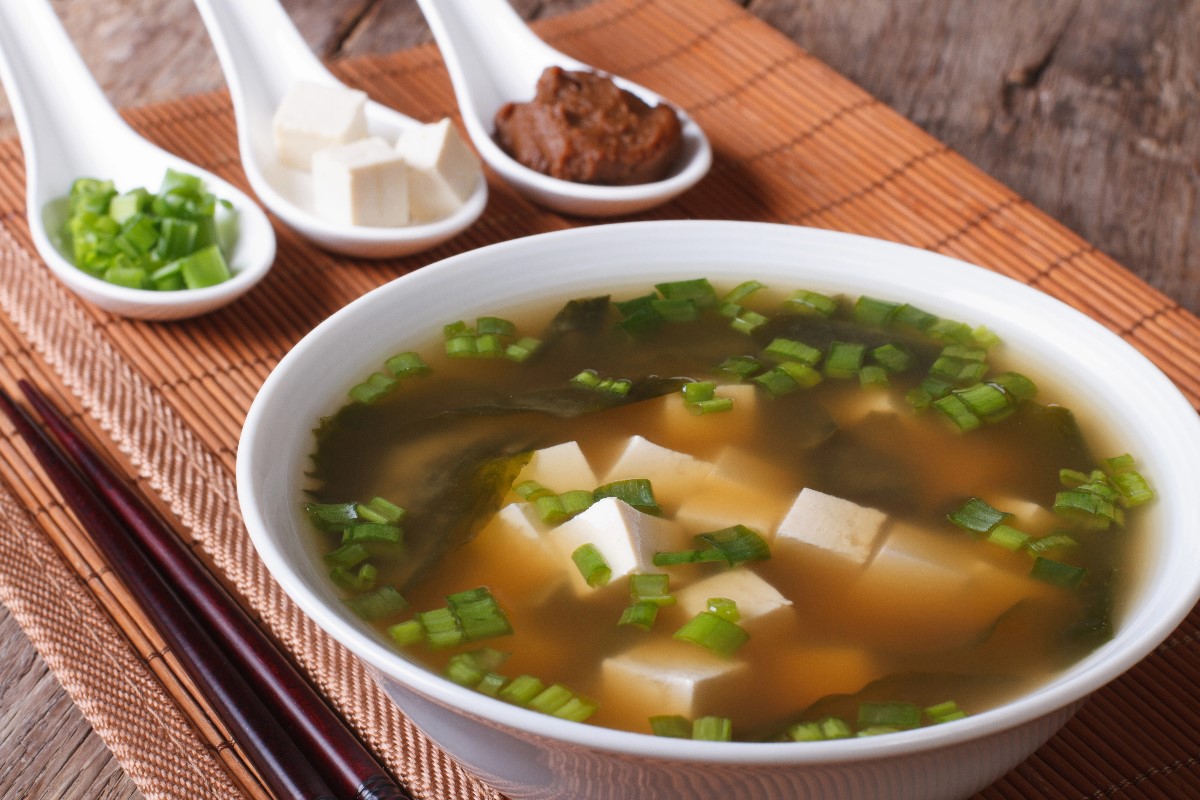
In Atlanta, shoppers are discovering the joy of miso soups alongside cornbread, and furikake sprinkled over grits. Japanese groceries are not replacing traditions, but enriching them. There is a gentle blending of the South and the East, quiet, delicious, and sincere.
Related Post: 12+ Leftover Recipes So Good, You’ll Forget They’re Leftovers
Pennsylvania: From Heritage to Harmony
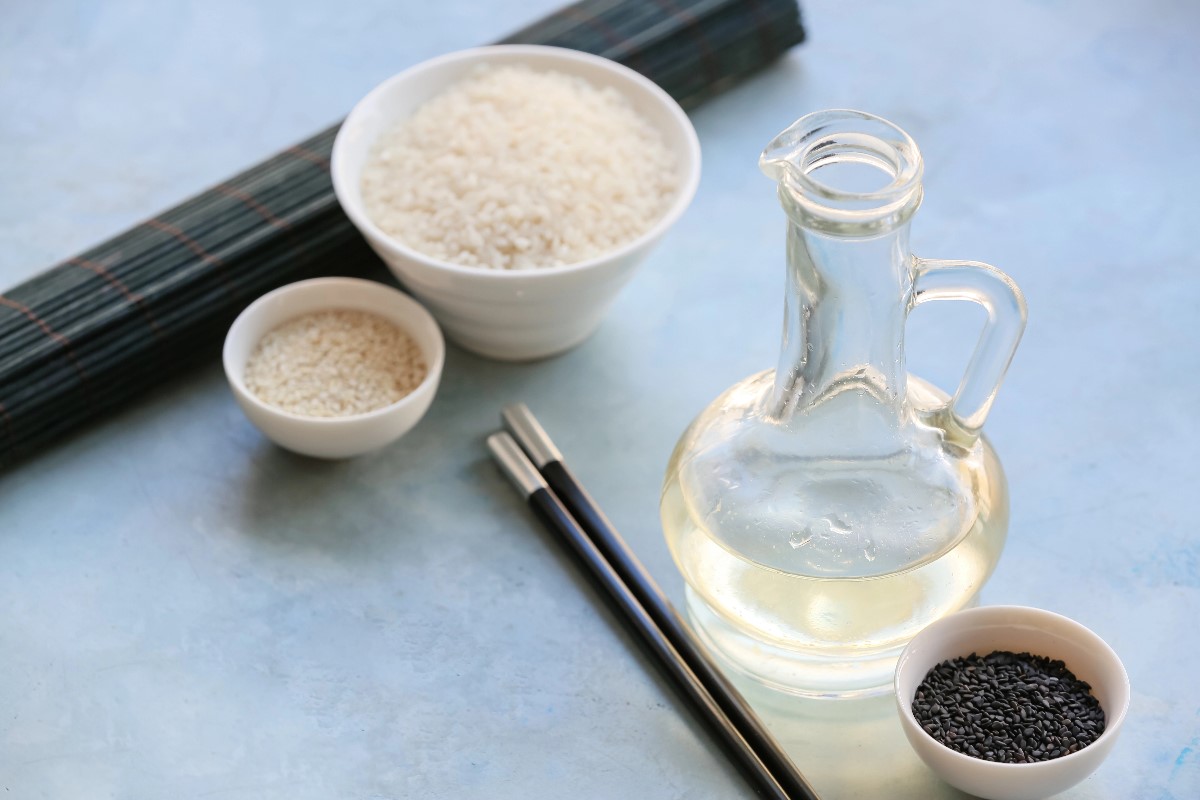
Philadelphia’s food lovers are embracing Japanese groceries for their combination of health, heritage, and harmony. Staple items like rice vinegar and sesame oil are replacing overly processed condiments in local kitchens. In Pennsylvania, shoppers are finding in Japan what they long knew, that good food requires good care.
Related Post: 25 Cookout Foods for a Crowd That’ll Turn Heads (and Fill Plates!)
Sign up now to receive our exclusive e-cookbook filled with top-rated recipes for FREE!
New Jersey: Freshness that Reflects a Way of Life

New Jersey’s dense food culture has long included Italian and Middle Eastern staples. Now, Japanese groceries are joining that culinary chorus. Their emphasis on freshness, crisp daikon, glistening sashimi, still warm mochi mirrors the state’s own food values, with a quieter, more refined vocabulary.
Related Post: 25 Apple Dessert Recipes That Turn Everyday Apples Into Magic
Across these twelve states, Japanese grocery stores have offered more than ingredients; they have offered a different way to shop, cook, and live. Each product is a study in restraint and refinement. Each store is a sanctuary of quiet pleasures. In these spaces, shoppers are not just gathering supplies. They are gathering peace, precision, and the joy of doing something well, simply because it matters.
Disclaimer: This list is solely the author’s opinion based on research and publicly available information.
The Real Reason Fast Food Tastes Different In Different States

You may have ordered the same item in two different states and noticed it tasted off, slightly sweeter, saltier, or just not what you expected. That is not your imagination.
While national fast food chains aim for uniformity, subtle but real differences show up from region to region. Locals notice it immediately, and many travelers wonder why the same brand can feel totally different miles apart. Here is what is actually happening behind the scenes.
Read it here: The Real Reason Fast Food Tastes Different In Different States
How to Save $100+ Every Month at the Grocery Store

From planning your meals to avoiding sneaky upcharges in the snack aisle, here’s a realistic guide to trimming your food budget without adding stress to your week.
Read it here: Things Moms Waste Money On (and Don’t Even Know It)
Is Walmart+ Still Worth It in 2025? The Truth After 3 Years

Is the new Walmart Plus worth the annual fee or is it just another failed version of Amazon Prime? I spent my own money trying this service out for 12 months and counting. I have a lot to say about the benefits and drawbacks in this Walmart+ honest review.
Read it here: Is Walmart+ Worth It? Honest Review 3 Years Later!
You’ll love these related posts:
- 25 Summer Cookout Desserts Everyone Will Beg You to Bring Again
- 25 Beach Vacation Dinner Ideas That Bring the Flavor (Not the Fuss
- 25 Fourth of July Snacks That’ll Be Gone Before the Fireworks Start
- 25 Rainy Day Snacks To Brighten Up Gloomy Days
- 25 Red White Blue Desserts You Won’t Believe Are This Easy
